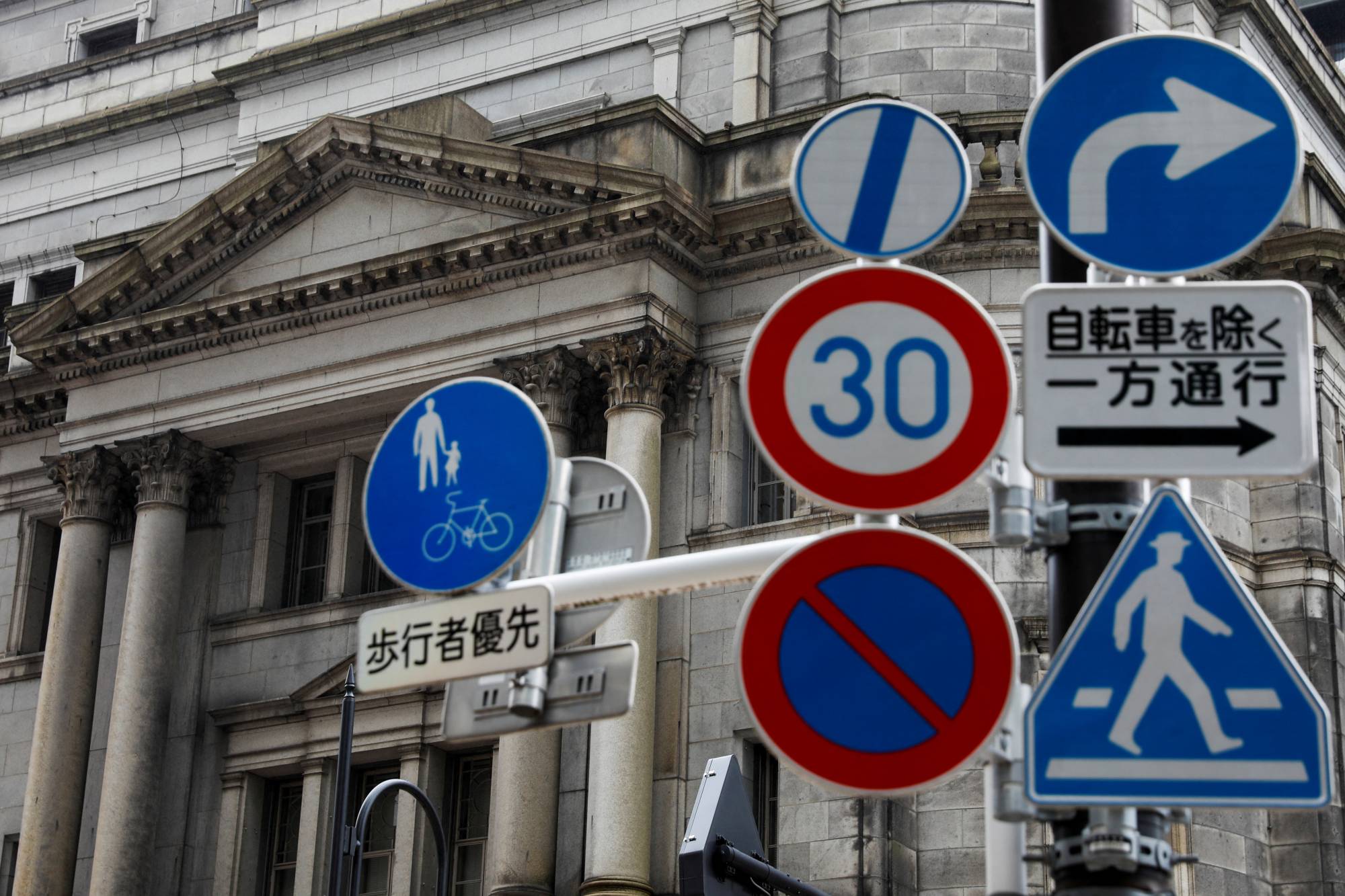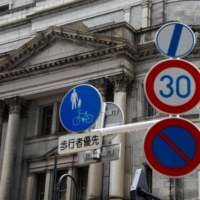The Bank of Japan now owns half of outstanding Japanese government bonds (JGBs) issued in the market, data showed Monday, a sign the bank's aggressive buying to defend its 0.25% yield cap is bloating an already huge balance sheet.
The data underscores the cost the central bank is paying to keep global upward pressure on yields from pushing up Japan's borrowing costs.
The balance of JGBs held by the BOJ stood at ¥517.24 trillion ($3.82 trillion) as of the end of June, up by ¥4.19 trillion from a month ago, central bank data showed.
As a result, the BOJ owned a record 50.4% of outstanding JGBs issued in the market, up from 49.7% in May, according to estimates by Mitsubishi UFG Morgan Stanley Securities.
Under its yield curve control policy, the BOJ sets an implicit 0.25% cap around its 0% target for the 10-year JGB yield.
The BOJ ramped up bond buying last month as the yield cap came under renewed pressure from rising global interest rates, highlighting the difficulty in remaining a dovish outlier in a global wave of monetary tightening.
The BOJ also pledges to buy exchange-traded funds when markets turn volatile, though it has recently phased out purchases to avoid saddling its balance sheet with too many risky assets.
With inflation modest compared with other countries and the economy still fragile, BOJ Gov. Haruhiko Kuroda has ruled out the chance of raising interest rates any time soon.
The central bank's increasing presence in the bond market, however, has drawn criticism from market players for distorting the yield curve and crushing proper market functions.
It also rolls back years of efforts the BOJ had made to wean itself off quantitative easing-style bond buying and prevent its balance sheet from expanding further.


















With your current subscription plan you can comment on stories. However, before writing your first comment, please create a display name in the Profile section of your subscriber account page.